Why 'Hidden Figures' — and its unsung heroes — is the ultimate NASA story
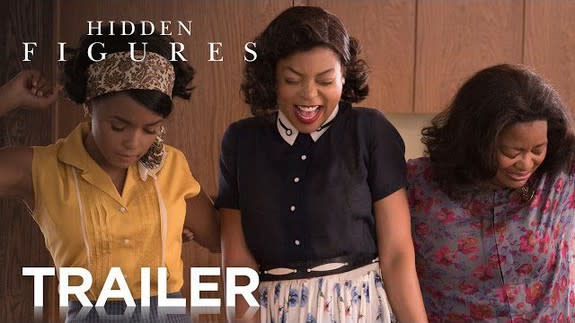
NASA, and its stunning achievements, is much more than just the famous astronauts whose names you know — it was built on the behind-the-scenes work of its unsung heroes.
From the early days of the United States’ space agency up through today, NASA has been run by engineers, mathematicians and technicians at the tops of their fields.
But you rarely hear their stories or know their names.
SEE ALSO: These 'Hidden Figures' portraits profile brainy, badass women
Behind every John Glenn or Neil Armstrong or Buzz Aldrin there are tens or even hundreds of people working behind the scenes to keep them alive and healthy in space. That’s NASA’s true nature — a nexus of unseen teamwork and ingenuity that allows the exploration of new frontiers.
And there is perhaps no better representation of that paradigm than the story told in the new movie Hidden Figures, released Friday.
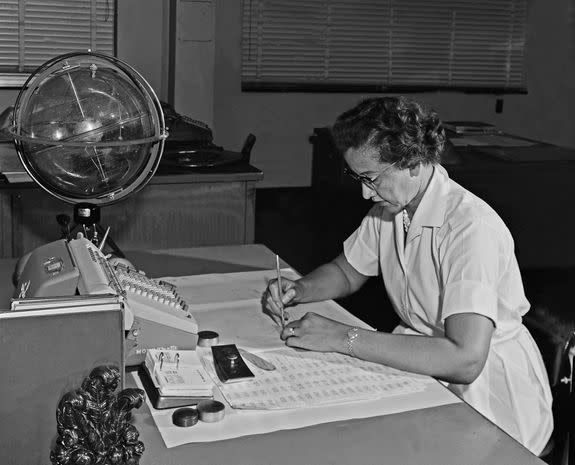
Image: Nasa
The film follows the lives and careers of Katherine Johnson, Dorothy Vaughan and Mary Jackson — three real-life “human computers” that contributed significantly to helping fly famous astronauts to space in the early days of the program. (They're portrayed by Taraji P. Henson, Octavia Spencer and Janelle Monáe, respectively.)
Unlike their famous colleagues, however, Johnson, Vaughan and Jackson's work hasn't been widely known until now.
Thanks to the movie Hidden Figures and the book by the same name on which it was based, these human computers are finally getting their much-deserved recognition.
"In the past, we've been blind-sighted about women in technology," Margot Lee Shetterly, the author of the book, said in a statement. "We have this image of what an astronaut or a scientist looks like, and since these women didn't fit the profile, historians often looked past them."
"These women were hidden in plain sight in a way," she added. "They felt they had a chance to do jobs they loved — and they loved this challenging math — so they didn't draw attention to themselves."
NASA's hidden heroes
The movie tells the story of how the real-life Johnson, Vaughan and Jackson helped get John Glenn, one of the most well-loved and lauded of the original Mercury Seven astronauts, into orbit around Earth — the first American ever to do so.
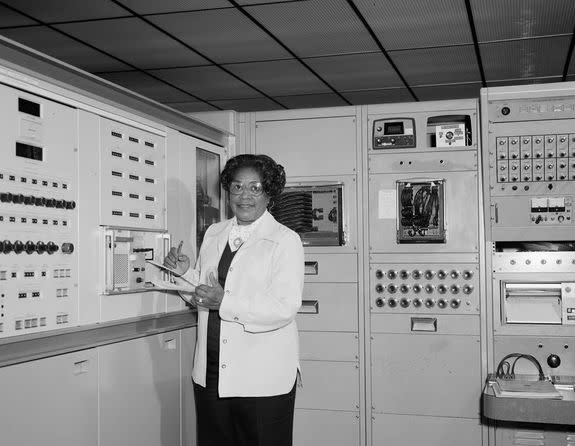
Image: nasa
Johnson, a mathematician, checked and helped invent some of the math that got Glenn into orbit. As the movie depicts, he asked that she specifically confirm the orbital math done by NASA’s brand-new IBM computer before his launch.
While Glenn — who died at the age of 95 in December — has been immortalized in popular culture time and again as a symbol of American ingenuity and bravery, Johnson’s story, and the stories of others like her, has remained largely unknown.
There was a specific culture of racism, segregation and sexism in 1960s America that contributed to losing that history. In some ways, however, this basic dynamic — between the astronauts and those who build their spaceships and keep them safe — points to an important truth about NASA.
“It’s very interesting because we have the same now for our International Space Station program with all the people that support in mission control,” NASA astronaut Stephanie Wilson told Mashable in an interview. “So, I saw a consistency across NASA where there are ... many people behind the scenes who work hard to make the programs happen.”
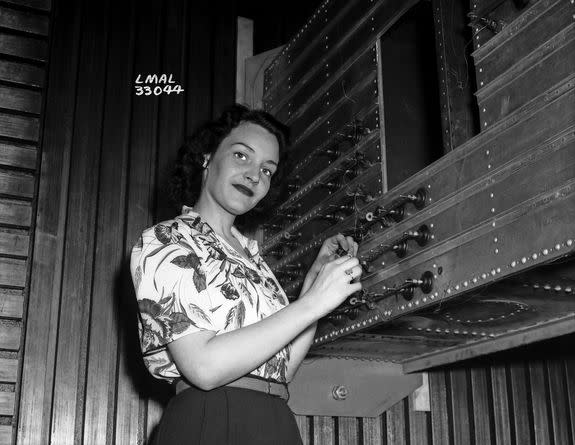
Image: nasa
The people working tirelessly in mission control to keep the astronauts on the Space Station safe may not risk their lives for the advancement of the country, but astronauts couldn't do their jobs without them. Doctors work to keep astronauts healthy before, during and after their flights to space, while engineers develop and test the spacecraft that will fly them safely to orbit and home again.
Johnson, Vaughan, Jackson and the rest of the human computers working at NASA in the 1960s all fought through stereotypes and discrimination just to do that thankless, anonymous work.
"I think they saw they had a rare chance to open doors to other black women in a future that would be different," Shetterly said.
“The fact that these women’s contributions have been obscured in history — I’m excited to be a part of the telling of their stories,” Octavia Spencer, who plays Vaughan in Hidden Figures, told Mashable in an interview at a screening of the film.
“In that time period they were focusing on who was going and not how they got there. And we’re talking about a time when African-Americans were fighting for their civil rights," she added, touching on the myriad reasons why the women's stories remained obscured for so long. "A lot of this information was classified so it would not have been released. But even since that time I think their stories should have surfaced.”
As Spencer notes, the stories of these women, who were instrumental in getting NASA astronauts to the moon, have been eclipsed by the forces of history and, in some ways, by the celebrity of the very people they helped get to the lunar surface in the first place.
Modern, inspirational — but not hidden — figures
For its part, NASA is working to reveal the “hidden figures” in its ranks.
The agency has been telling the stories of its engineers — like Kimberly Ennix-Sandhu and Gilena Monroe, currently working at NASA — through short videos on its website.
The space agency is aiming to send people to Mars sometime in the 2030s, and to do that, it will need a new set of diverse minds helping to make that mission a reality. A mission to Mars will involve challenges never before faced by people working there now, so filling the agency with brilliant and flexible young people could help accomplish that goal.
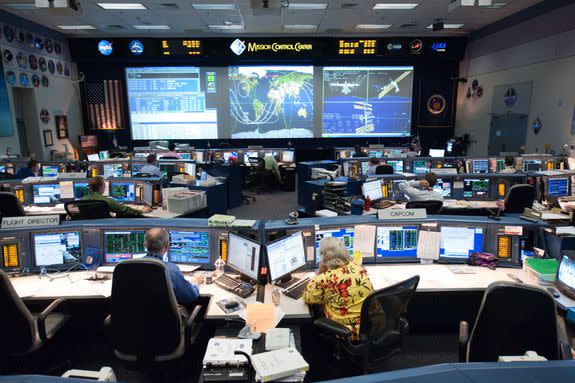
Image: NASA/Mark Sowa
Women, and especially women of color, have historically been underrepresented in science, technology, engineering and math (STEM) fields, so telling their stories in the way that Glenn has been celebrated for years is powerful — it could help inspire girls to enter those disciplines.
Black women comprised only 6.6 percent of people working in science and engineering in the United States in 2013, according to a report released in 2016 by the National Science Board. While the overall number of women working in science and engineering has doubled in the past 20 years, the number of men in those fields still far outweighs the number of women, the report states.
"In 2013, women constituted only 29 percent of workers in these occupations, although they accounted for half of the college-educated workforce overall," the report reads.
That's why it’s more important than ever to tell the stories of Johnson, Vaughan and Jackson, three African-American women pushed to the margins of scientific history, despite significant contributions to it.
“What I’m hoping is that girls will see this movie and realize the opportunity that’s available for pursuing a STEM field," Wilson said. "[They will] see that these women were skilled, they were prepared, they were competent, they worked as members of a team."
As First Lady Michelle Obama put it, according to director Theodore Melfi, when the film was screened at the White House before an audience of young women in December: "You can't be what you can't see."
"I am so grateful to all of you for bringing this film to life and bringing these women out of the shadows, because it's not just important for the girls in this room to see it, but people all over the world to be reminded of how we got here as a country," Obama said in her official remarks.
"We got here on the backs of those hidden figures and we can never forget."
Kate Sommers-Dawes contributed to this report.
